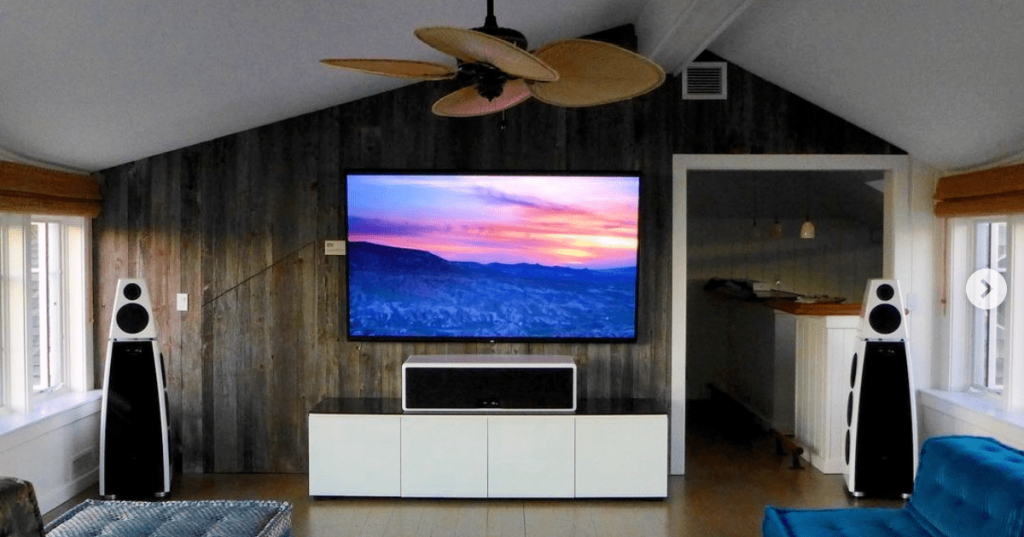We live in a world where bigger is better and less is definitely not more, which is the theory that almost every company trying to sell you something seems to bank on when marketing new products.
Our electronics have improved by leaps and bounds in the past decade, but what if they’re actually outstripping what our bodies have the capability to absorb in any meaningful way?

Image Credit: iStock
The people who have seen 8K televisions on display at trade shows and the like are all raving about how much better the images look than they did on the 4K televisions (much like people did when viewing the 4K televisions for the first time and comparing them to the HD’s), but they forget to mention one tiny fact.
Our eyesight is thanks to a light-sensitive cell that we call “cones,” and all humans have a fixed number of them – around 6 million.
Which sounds impressive until I tell you that it takes 3 cones to see around one pixel of an image, so we’re only able to see around 2 million pixels (2 megapixels) at one time.
Impressive, right?

Image Credit: iStock
It is, but not compared to your 4K device, which contains 8 megapixels in every image…4 times more than you’ll ever be able to see.
It goes without saying, then, that the 8K version gives you 8 times more image than your eyes are truly capable of enjoying at once.
That said, people aren’t lying – the 8K screens do look better than the ones in 4K or HD at the shows. The conditions there are optimal, though, and when you watch it at home, the difference between the two (other than price) will likely be negligible.
Higher resolution images are sharper, clearer, and have greater resolution, and to even have a shot at being able to tell the difference, you have to sit really close to an 8K television – and you’re probably sitting way too far away from your 4K TV to see a difference, too.
The size of the screen and the distance between the screen and the person watching determines how much of the detail that’s present in the image can actually be perceived by the viewer. The optimal distance for viewing a 65-inch 8K screen is around only two feet – close enough to reach out and touch.
A 75-inch screen would give you only an additional 6 inches, while most people sit an average of 9 feet away from their televisions normally.
https://www.instagram.com/p/B27NAb6Hagh
By the way? The optimal viewing distance for a 4K television is 4.3 feet – if you sit there or any further away, the images will look identical to you on your couch.
The optimal viewing distance for a 1080p TV is 8.6 feet, and they’re way cheaper.
I’m just saying.
All of this, in addition to the fact that no content is currently being filmed for 8K and no streaming tech has the bandwidth to carry it, mean you might want to hold off for now – or maybe forever.
If you have a dedicated theater room in your home, one with a screen large enough to let you sit farther away to enjoy the benefits, then 8K might be a fun investment for you and your friends and family.
For the rest of us, keep tight hold of your cash, and don’t buy into the hype.






